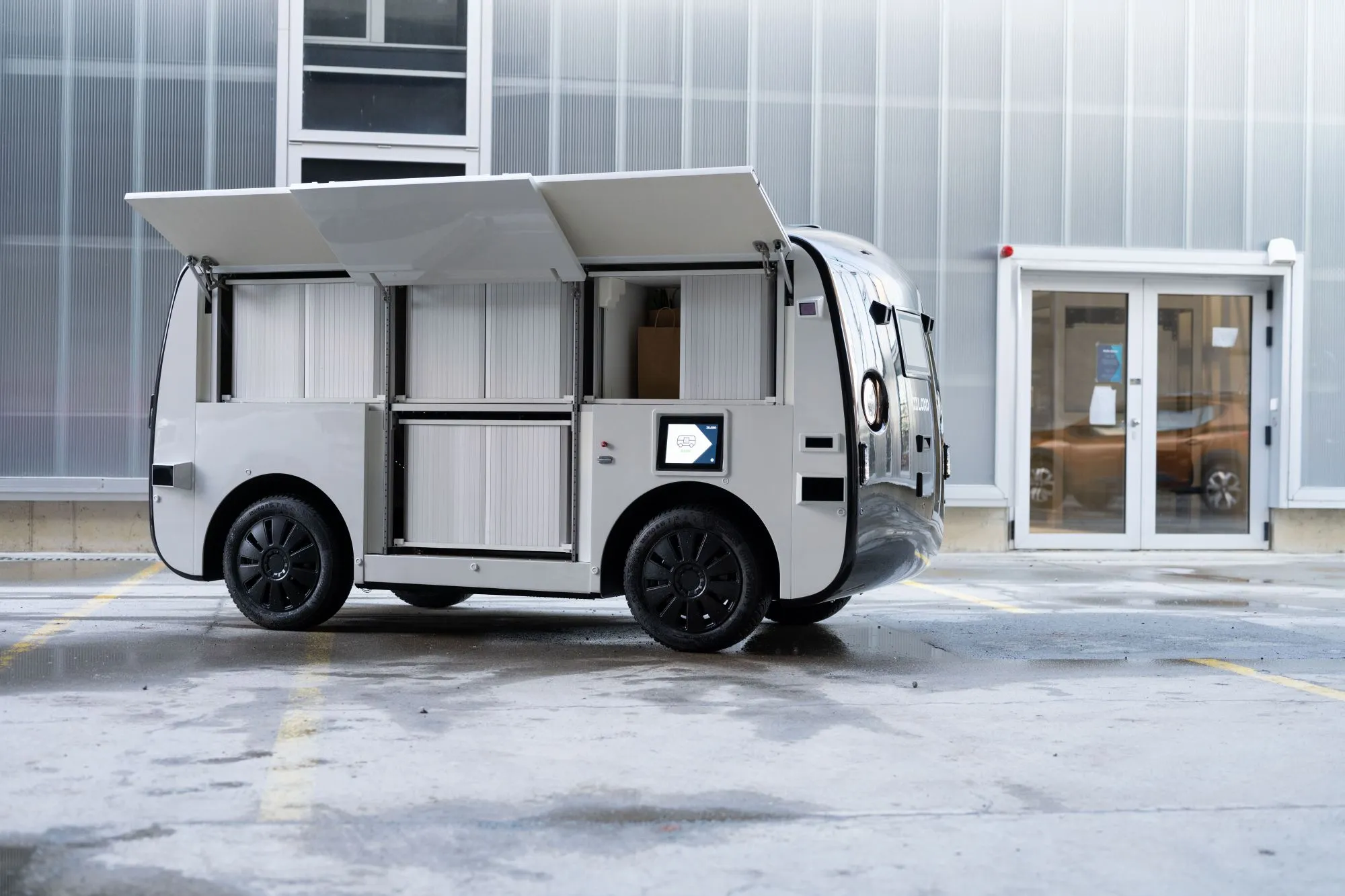The UQM Technologies’powerphase Select 145 electric propulsion system has been selected by eV engineering to power its proof-of-concept fleet of Australian-built eV commodore electric vehicles (eV). The project is converting a fleet of locally manufactured Holden commodore passenger cars to proof-of-concept fully-electric vehicles by june 2012, to demonstrate the technical viability and attractiveness to customers of a full-size electric car if successful, technologies used in the project could be considere
June 21, 2012
Read time: 1 min
The 5967 UQM Technologies’powerphase Select 145 electric propulsion system has been selected by eV engineering to power its proof-of-concept fleet of Australian-built eV commodore electric vehicles (eV). The project is converting a fleet of locally manufactured Holden commodore passenger cars to proof-of-concept fully-electric vehicles by june 2012, to demonstrate the technical viability and attractiveness to customers of a full-size electric car if successful, technologies used in the project could be considered for possible future mass production.









